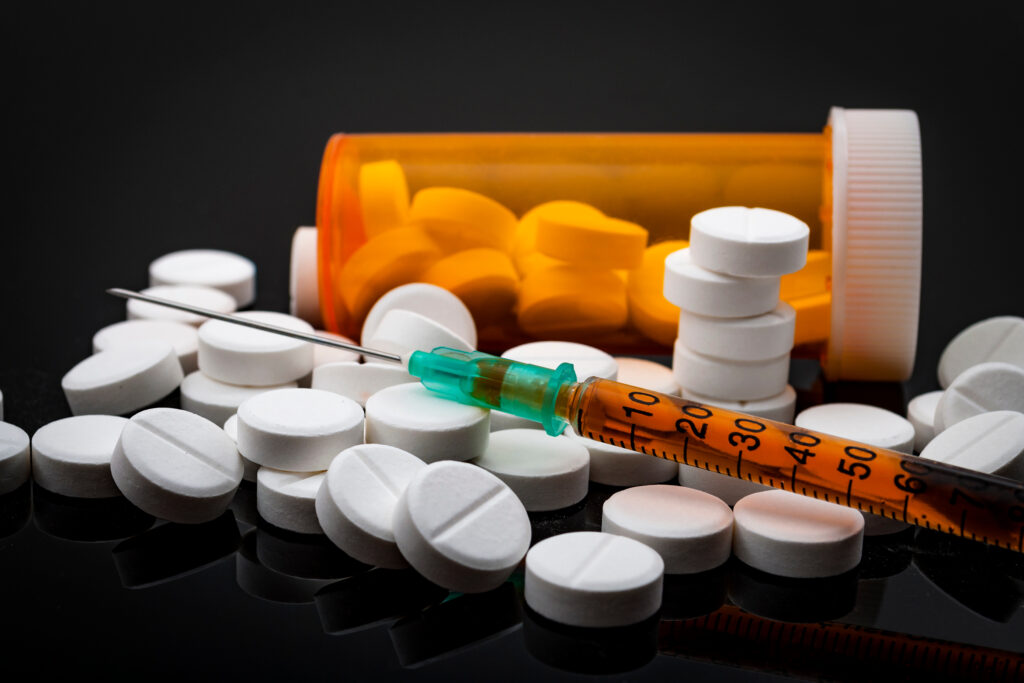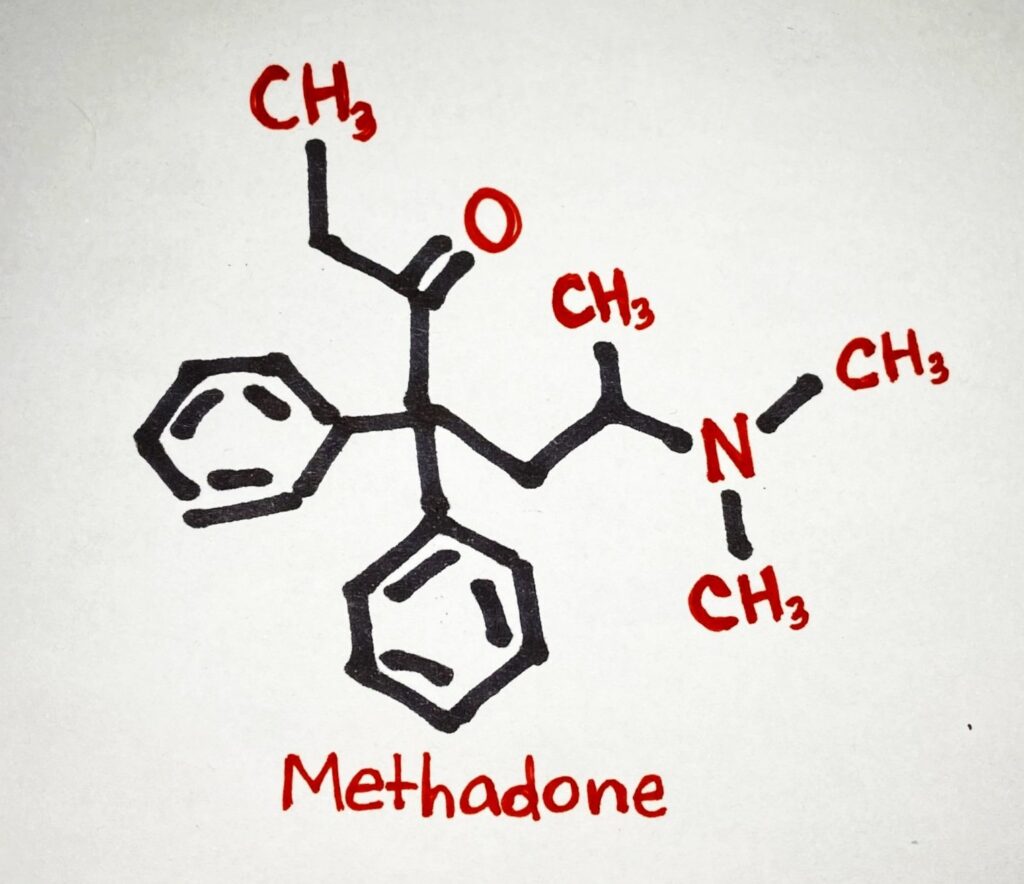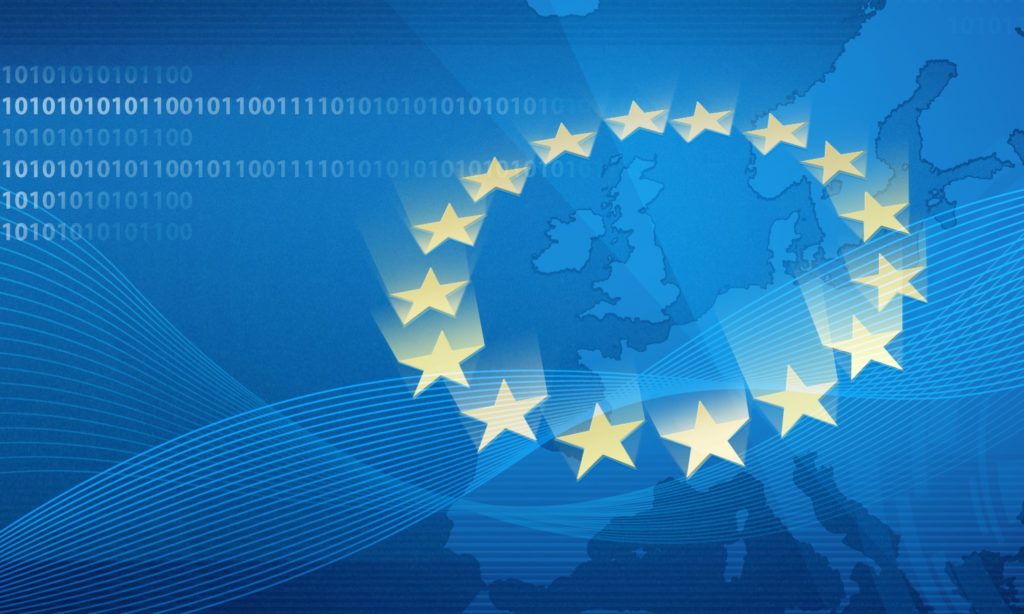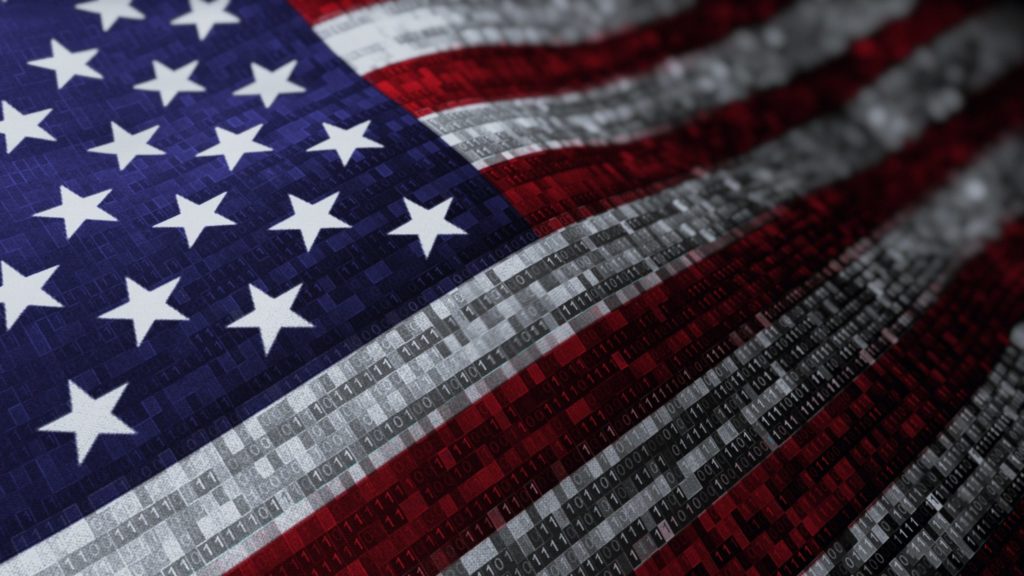A New Prescription For Biologics Exclusivity In U.S. Trade Policy (Side Effects Include Lower Prices And Freer Trade)
- Share via Email: A%20New%20Prescription%20For%20Biologics%20Exclusivity%20In%20U.S.%20Trade%20Policy%20(Side%20Effects%20Include%20Lower%20Prices%20And%20Freer%20Trade)
- Share via Facebook: A%20New%20Prescription%20For%20Biologics%20Exclusivity%20In%20U.S.%20Trade%20Policy%20(Side%20Effects%20Include%20Lower%20Prices%20And%20Freer%20Trade)
- Share via Twitter: A%20New%20Prescription%20For%20Biologics%20Exclusivity%20In%20U.S.%20Trade%20Policy%20(Side%20Effects%20Include%20Lower%20Prices%20And%20Freer%20Trade)
Authors
Key Points
The United States has spent too much time and political capital in trade negotiations trying to protect a small segment of the U.S. economy (the pharmaceutical industry) to the detriment of broader trade liberalization elsewhere in the economy.
We need to find the right balance in trade agreements between incentives for innovation and competition to drive down prices for consumers.
Smarter treatment of biologics in trade agreements can help reduce healthcare costs and pave the way for freer trade.
Press Release
The US Should Purge Controversial IP Policies from Its Trade Agenda
Introduction
As the United States and Europe emerged from the wreckage of World War II, allied governments set out to ameliorate the conditions that led to war. A key component of the post-War order was to integrate economies and expand economic cooperation across borders. In many ways, the seeds for the current state of globalization were planted around this time.
Since the end of World War II, presidents of both parties have pursued a general policy of trade liberalization. The benefits of this policy have been enormous: according to a 2017 study by the Peterson Institute for International Economics, “[Since 1950], U.S. Gross Domestic Product per capita and GDP per household accordingly increased by $7,014 and $18,131, respectively (both measured in 2016 dollars). Disproportionate gains probably accrued to poorer households.” Likewise, there is ample literature to show that economic integration helps facilitate peaceful relations among countries.
Despite this, globalization is not without detractors. Among the most prominent charges leveled by critics is that it has hollowed out domestic manufacturing and that modern trade rules and free trade agreements (FTAs) are rent-seeking exercises that amount to giveaways to certain well-connected multinational corporations and industries, at the expense of average Americans. While much of this charge is without merit, there is a kernel of truth when it comes to overly stringent intellectual property (IP) protections contained in modern FTAs.
In recent years, the United States has pushed to include similar stringent exclusivity standards in various FTAs it has negotiated. It does not have to be this way.
In 2007, as part of the Bush administration’s efforts to build congressional support for four FTAs it negotiated with Peru, Colombia, Panama and Korea, the United States Trade Representative (USTR) and House Democrats formalized what became known as the “May 10 Agreement.” The Agreement made a number of changes to the four pending FTAs, including changing provisions on labor, the environment, investment and intellectual property protections with respect to medicines. As to the latter, the May 10 Agreement established a balanced approach between fostering innovation and promoting competition to lower prices for consumers. These changes eventually facilitated passage of the four FTAs during the Obama administration. Yet, once the Obama administration began negotiating the Trans-Pacific Partnership (TPP), a promising trade pact with Pacific Rim nations, it pushed trading partners to accept stringent IP protections that favored name brand pharmaceuticals over generics.
The most controversial of these provisions involves biologics drugs, a special class of pharmaceuticals made from living cells that are expensive to research and manufacture. U.S. law provides very strong protections for name-brand biologics by guaranteeing them 12 years of market exclusivity without generic competition. During this exclusivity period, the Food and Drug Administration (FDA) is prohibited from approving a follow-on biologic medicine, even if the originator drug is no longer covered by a patent. This 12-year exclusivity period is the longest of any other country in the world.
The Obama administration’s initial position in TPP negotiations was that the agreement should mirror domestic law to mandate “at least” 12 years of exclusivity for biologics. This was a nonstarter for a number of countries and also angered congressional Democrats. The issue became moot when the TPP was unwisely abandoned in January 2017, but it has arisen again in the renegotiation of the North American Free Trade Agreement (NAFTA).
Following in its predecessor’s footsteps, the Trump administration initially pushed for a provision in the new US-Mexico-Canada Agreement (USMCA) that required the three countries to provide “at least 10 years” of market exclusivity for biologics. But after several months of negotiations with House Democrats, the Trump administration was forced to remove this provision from the Agreement. It is now increasingly likely that the USMCA, without a biologics exclusivity provision, will pass Congress in early 2020.
Trade negotiators over the last two administrations have seriously erred by jettisoning the balanced approach established by the May 10 Agreement. Accordingly, this paper will document how the lengthy term of exclusivity for biologics hinders efforts to promote pharmaceutical competition and lower drug prices in the U.S. market. In doing so, it will describe how and why U.S. negotiators try to include the term in trade agreements, and will recommend concrete policy solutions to rebalance the treatment of IP in future FTA negotiations.











